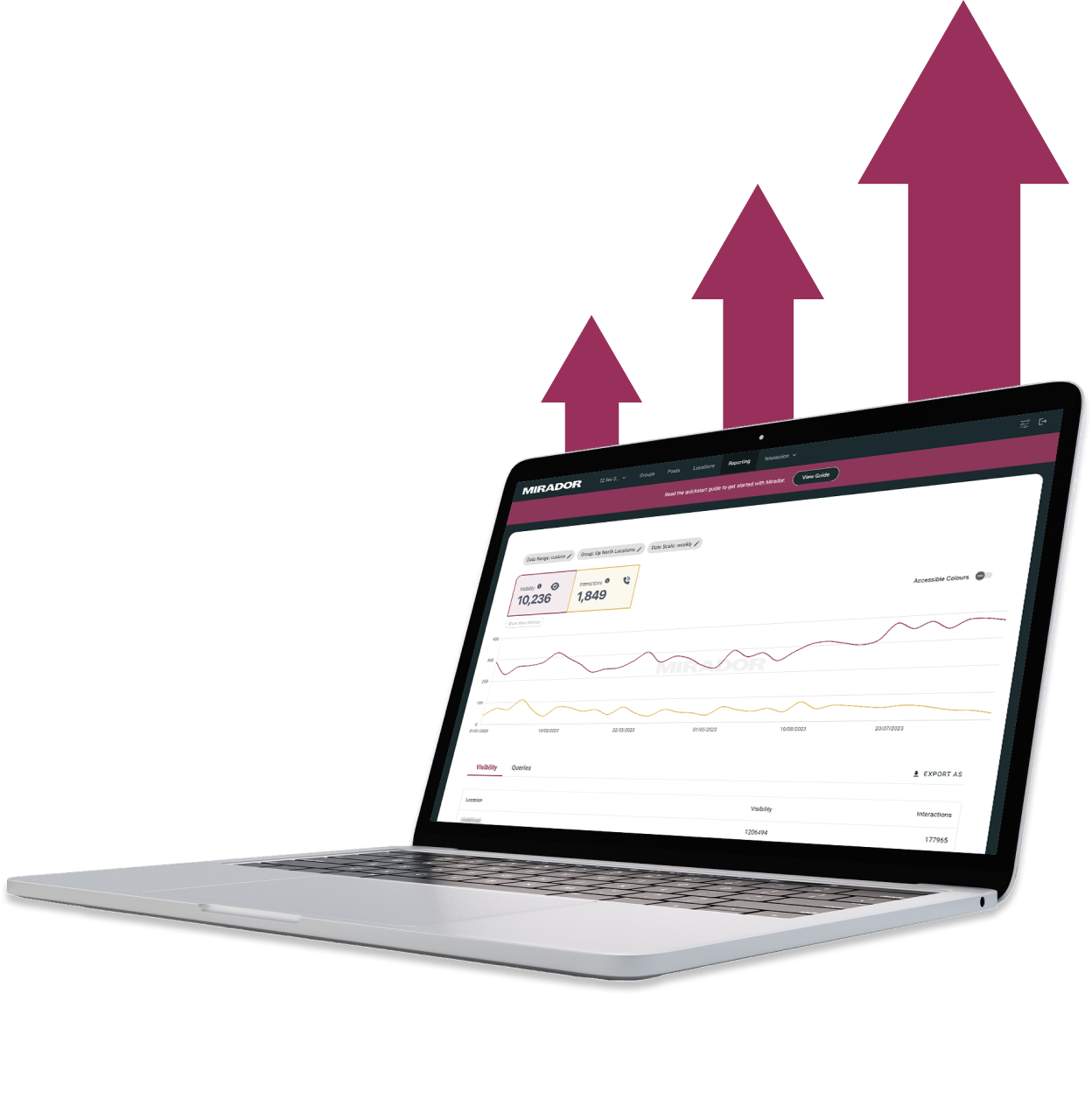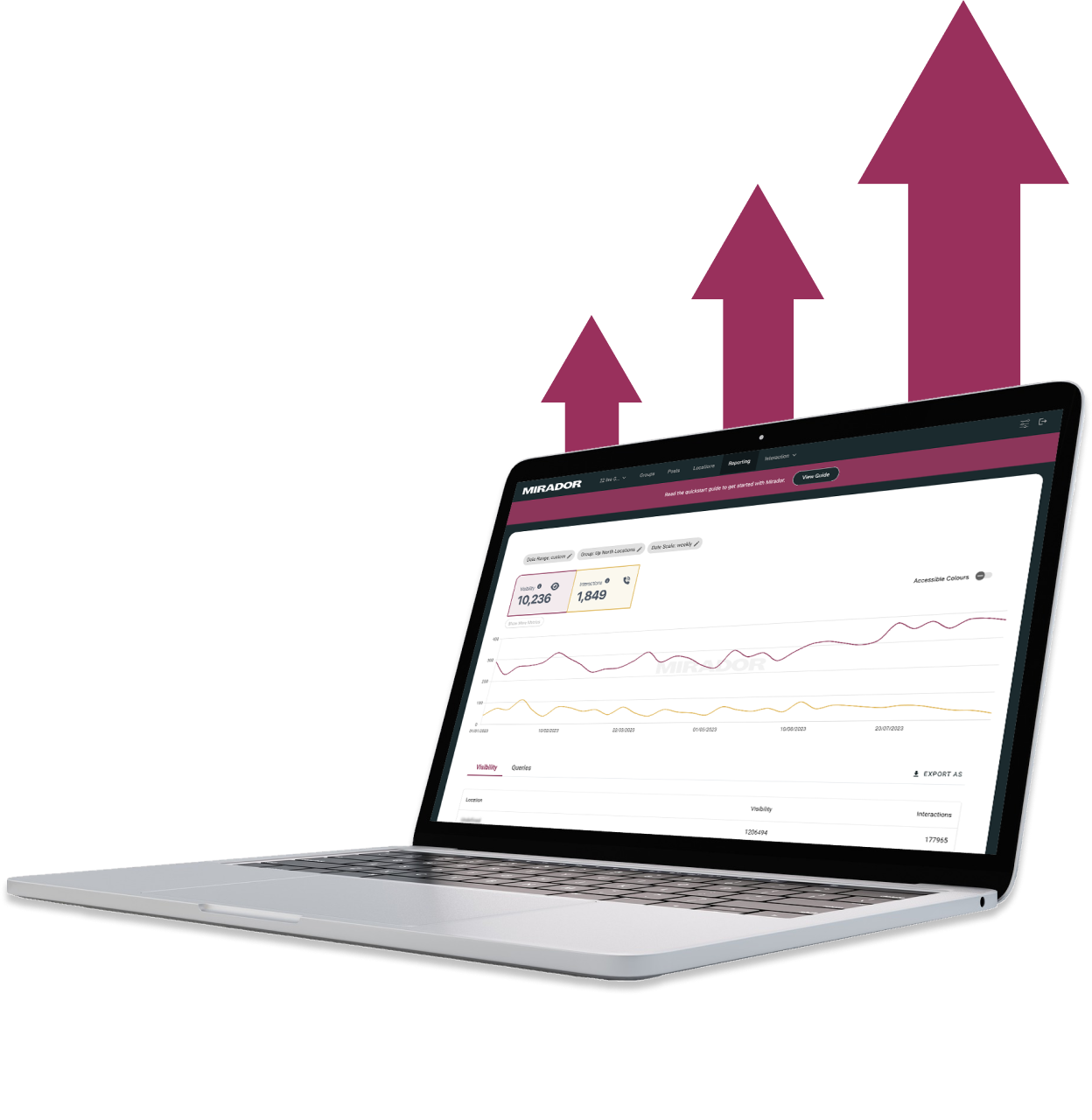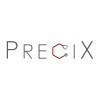Using Webflow CMS API
Using Webflow CMS API: A Comprehensive Guide
Understanding Webflow CMS API
Webflow CMS API is a powerful tool that allows developers to work directly with the JSON underlying their CMS. With Webflow's CMS API, developers can bring content in from external data sources, connect an existing CMS, or connect Webflow's CMS with a mobile app. The API lets developers add, update, and delete items from their collections, right from the terminal.
Webflow CMS API is a HTTP JSON API that allows developers to programmatically add, update, and delete items from their Webflow CMS, allowing them to connect external data sources to their Webflow sites. Developers can access the API directly via HTTP, via the official JavaScript API client, or via any third-party integrations for their language of choice.
Webflow CMS API is a part of Webflow's larger API suite, which includes Forms API, Assets API, and Ecommerce API. With Forms API, developers can send data submitted via Webflow forms to external sources. With Assets API, developers can integrate site assets and files directly with Webflow's Asset manager. With Ecommerce API, developers can create custom ecommerce experiences on their Webflow sites.
Webflow CMS API documentation is available on the Webflow website. The documentation provides detailed information on how to use the API, including authentication, endpoints, and request/response formats. Webflow also provides a JavaScript API client that developers can use to interact with the API.
In summary, Webflow CMS API is a powerful tool for developers looking to work with their Webflow CMS programmatically. With the ability to add, update, and delete items from their collections, developers can connect external data sources to their Webflow sites and create custom experiences for their users. Webflow CMS API documentation is available on the Webflow website, providing developers with the information they need to get started.
Setting Up Webflow CMS API
To use the Webflow CMS API, you need to set up the API key and authentication. This section will guide you through the process of setting up the Webflow CMS API.
First, you need to create an API key. To do this, go to your Webflow project settings and select the "API Access" tab. Click the "Generate API Key" button to create a new API key. Keep in mind that each project can have only one API key.
Once you have your API key, you need to authenticate your requests. The Webflow CMS API uses OAuth 2.0 for authentication. You will need to obtain an access token to make requests to the API.
To obtain an access token, you will need to make a request to the Webflow OAuth 2.0 endpoint with your API key and secret. The response will include an access token that you can use to authenticate your requests.
It is important to keep your API key and access token secure. Do not share them with anyone who should not have access to your Webflow project.
In summary, to set up the Webflow CMS API, you need to generate an API key, obtain an access token, and authenticate your requests using OAuth 2.0. Once you have completed these steps, you can start making requests to the Webflow CMS API to add, update, and delete items from your collections.
Working with Collections and Items
Webflow CMS API allows developers to work directly with the JSON underlying their CMS. Developers can use the API to bring content in from external data sources, connect an existing CMS, or connect Webflow's CMS with a mobile app. The API lets developers add, update, and delete items from their collections, right from the terminal.
Collections are groupings of items, and items represent the individual pieces of content in the Webflow CMS. Items can be defined to have an arbitrary number of custom fields to provide flexibility to accommodate various different types of data.
Developers can start creating items manually by opening the CMS panel or the Ecommerce panel, selecting a Collection, and clicking the "+ New Item" button. The button is named after the Collection (e.g., New Blog Post, New Recipe, New Team Member, etc.).
When developers create a new CMS item, they can choose to:
- Create a new item
- Duplicate an existing item
- Create a new item from a template
Developers can also use the API to read, create, update, and delete content items. For example, developers can use the API to retrieve a list of all collections, get a specific collection by ID, create a new item in a collection, update an existing item, or delete an item.
Additionally, when developers enable Ecommerce on their site, two Ecommerce Collections (Products and Categories) are automatically created in the Ecommerce panel. Developers can use the API to get product and SKU information, update product and SKU information, list orders, get order information, update order information, fulfill and unfulfill orders, refund orders, and list inventory.
Overall, the Webflow CMS API provides developers with a powerful toolset to work with dynamic content in their CMS. By working with collections and items, developers can create, update, and delete content programmatically, providing them with the flexibility and control they need to build dynamic, data-driven web applications.
Integrating with External Data Sources
Webflow's CMS API allows users to connect external data sources to their Webflow sites, enabling them to programmatically add, update, and delete items from the Webflow CMS. This feature provides a powerful way to integrate with other systems and services.
One way to integrate external data sources with Webflow is to import data from CSV files. This can be done using the Webflow API's import feature, which allows users to upload CSV files to their collections. Once the data is imported, it can be managed and displayed like any other collection item.
Another way to integrate with external data sources is through HTTP JSON APIs. Webflow's API supports REST API calls, which allow users to retrieve data from external sources and add it to their Webflow collections. This can be done using custom code or third-party tools that support REST API integration.
Webflow's API also supports external APIs, which can be used to retrieve data from other systems and services. This can be done using custom code or third-party tools that support external API integration. Once the data is retrieved, it can be added to Webflow collections using the API's add item feature.
Overall, integrating with external data sources using Webflow's CMS API provides a powerful way to connect with other systems and services. Whether importing data from CSV files, using HTTP JSON APIs, or external APIs, Webflow's API provides a flexible and reliable way to integrate with external data sources.
Designing with Webflow CMS API
Webflow CMS API is a powerful tool that allows designers to work directly with the JSON underlying their CMS. Using Webflow's CMS API, designers can bring content in from external data sources, connect an existing CMS, or connect Webflow's CMS with a mobile app. The API permits designers to add, update, and delete items from their collections right from the terminal.
Designers can use the Webflow CMS API to create a custom design for their website. They can use the API to design their website's canvas, elements, and pages. The API allows designers to create a custom design that is unique to their website.
Designers can use Webflow CMS API to create designer extensions. Designer extensions are custom-built features that designers can add to their website. Designer extensions can be used to add functionality to a website, such as a custom search bar or a custom contact form.
Webflow CMS API can be used to create designer APIs. Designer APIs are custom-built APIs that designers can use to connect their website to other websites or applications. Designer APIs can be used to connect a website to a mobile application or to a social media platform.
Web design can be a complex process, but with Webflow CMS API, designers can simplify the process. The API allows designers to create a custom design that is unique to their website. Designers can use the API to create a custom design for their website's canvas, elements, and pages.
In conclusion, Webflow CMS API is an essential tool for designers who want to create a custom design for their website. The API allows designers to work directly with the JSON underlying their CMS and create a custom design that is unique to their website. Designers can use the API to create designer extensions and APIs, which can be used to add functionality to their website. With Webflow CMS API, designers can simplify the web design process and create a website that is both functional and unique.
Managing Ecommerce with Webflow CMS API
Webflow's CMS API offers a range of features that allow developers to build on top of core functionalities such as ecommerce. With the Webflow CMS API, developers can add items to, update items in, and delete items from a Webflow CMS collection.
When it comes to ecommerce, the Webflow CMS API allows developers to manage products, orders, and inventory. By using the ecommerce API, developers can integrate their own ecommerce platform with Webflow's CMS, or connect Webflow's ecommerce with a mobile app.
The Webflow ecommerce API provides developers with the ability to manage products in a Webflow ecommerce store. Developers can add new products, update existing products, and delete products. They can also retrieve information about a specific product or a list of all products in the store.
In addition to managing products, the Webflow CMS API also allows developers to manage orders. Developers can retrieve information about a specific order or a list of all orders in the store. They can also update the status of an order, such as marking it as shipped or cancelled.
When it comes to inventory management, the Webflow CMS API provides developers with the ability to manage the stock levels of products. Developers can retrieve information about the current stock levels of a product, update the stock levels, and receive notifications when stock levels fall below a certain threshold.
Overall, the Webflow CMS API provides developers with a powerful set of tools for managing ecommerce. By using the ecommerce API, developers can build custom ecommerce platforms that integrate seamlessly with Webflow's CMS.
Leveraging Webhooks in Webflow CMS API
Webhooks are an essential tool for developers using the Webflow CMS API. They allow for real-time communication between Webflow and third-party applications, making it easier to automate tasks and processes.
With Webhooks, developers can receive updates on specific events on their Webflow site, such as when a new CMS item is created or updated. This information can be used to trigger actions in other applications, such as sending an email or updating a database.
To use Webhooks with Webflow CMS API, developers need to create a webhook and specify the event type they want to monitor. This can be done directly from the Project Settings under the Integrations tab.
Once a webhook is created, it will send a copy of the CMS item to the specified external service when the event is triggered. This allows for seamless integration between Webflow and other applications.
It is important to note that Webhooks require a unique identifier of your Webflow site, known as the Site ID. This can be found in the Webflow dashboard under Project Settings.
Overall, Webhooks are a powerful tool for developers using Webflow CMS API. They allow for real-time communication between Webflow and third-party applications, making it easier to automate tasks and processes. By leveraging Webhooks, developers can streamline their workflow and improve the efficiency of their applications.
Building Apps with Webflow CMS API
Webflow's CMS API allows developers to build custom apps that can interact with the Webflow CMS. These apps can be used to add, update, and delete items from collections, and to retrieve and manipulate data from Webflow projects.
Using the CMS API, developers can create apps that can be integrated with Webflow sites, allowing users to manage their site content programmatically. This can be particularly useful for users who need to update their site content frequently, or for users who want to automate certain tasks.
Developers can use the CMS API to build apps for a variety of platforms, including web and mobile apps. The API can also be integrated with other tools, such as Zapier, to automate workflows and streamline processes.
When building apps with the CMS API, developers can use Webflow's API documentation and developer forums to get started. They can also use Webflow University to learn the basics of Webflow and the CMS API, including how to use SDKs and examples to build apps faster.
Overall, the CMS API is a powerful tool for developers who want to build custom apps that can interact with the Webflow CMS. With the API, developers can create apps that can be integrated with Webflow sites, allowing users to manage their site content programmatically.
Webflow CMS API for Developers
Webflow CMS API is a powerful tool for developers that enables them to programmatically add, update, and delete data from Webflow CMS. With this API, developers can create custom integrations and supercharge their development process.
Webflow CMS API is built on HTTP JSON API, which makes it easy for developers to interact with it using their favorite programming languages. The API provides a wide range of endpoints that allow developers to perform various operations on Webflow CMS, such as creating new collections, adding new items to collections, updating existing items, and deleting items.
To get started with Webflow CMS API, developers need to generate an API key, which they can do by using OAuth or by generating a site API token. Once they have an API key, they can start making API requests to Webflow CMS.
Webflow CMS API provides a comprehensive API reference that developers can use to learn about the various endpoints and parameters available in the API. The API reference includes detailed documentation for each endpoint, including sample requests and responses.
Webflow developers can also leverage the Webflow Developer Platform, which provides a suite of tools and resources to help developers build custom integrations and extensions for Webflow. The Developer Platform includes a range of developer tools, such as the Webflow Designer Extensions, which allow developers to build apps that interact directly with a site's Canvas in Webflow.
In summary, Webflow CMS API provides developers with the superpowers they need to build custom integrations and streamline their development process. With its flexible APIs and comprehensive API reference, developers can easily interact with Webflow CMS programmatically and create powerful apps that unlock new use cases in Webflow.
Exporting Content Using Webflow CMS API
Webflow CMS API allows users to export their CMS content in a format that matches the structure of their CMS. This can be done programmatically, which can save a lot of time and effort compared to manually reformatting CSV files to match the new CMS. This feature is especially useful for server migration or when users want to work with their content outside of Webflow.
To export content using Webflow CMS API, users can follow these steps:
- Authenticate: Users need to authenticate their API access by providing their API key and site ID.
- Get collection items: Users can get all the items in a collection or filter them based on certain criteria, such as the name of the item or the date it was last modified.
- Format the data: Users can format the data they receive in the API response into the desired format, such as JSON or CSV.
- Save the data: Users can save the data to their local machine or send it to a different server or database.
It's important to note that users should only export content that they have the rights to. Exporting content that belongs to someone else without their permission is a violation of Webflow's terms of service.
In addition, users should also be mindful of the format they choose to export their content in. Some formats may not be compatible with certain servers or databases, which can cause issues when importing the data.
Overall, exporting content using Webflow CMS API is a straightforward process that can save users a lot of time and effort. By following the steps outlined above and being mindful of the format and rights, users can easily export their CMS content and work with it outside of Webflow.
Using Google and OAuth with Webflow CMS API
Webflow CMS API allows developers to work with the JSON underlying their CMS and bring content in from external data sources, connect an existing CMS, or connect Webflow's CMS with a mobile app. To authenticate with Webflow, developers need to provide an access token using OAuth or by generating a site API token.
Google Authentication is a common method used to authenticate users on the Web. Memberstack, a third-party integration, provides social login functionality to Webflow using Google Authentication. With Google Authentication, users can log in to Webflow using their Google credentials. Memberstack handles the authentication process and generates an access token that can be used to authenticate with Webflow CMS API.
OAuth is another authentication method used with Webflow CMS API. OAuth allows users to grant access to their Webflow account without sharing their login credentials. Developers can use OAuth to authenticate with Webflow and obtain an access token. OAuth is a secure and reliable method for authenticating users and accessing Webflow CMS API.
When using Google and OAuth with Webflow CMS API, developers need to ensure that the access token is kept secure and not shared with unauthorized users. Developers should also follow Webflow's best practices for securing access tokens and storing them securely.
In conclusion, using Google and OAuth with Webflow CMS API provides developers with a secure and reliable method for authenticating users and accessing Webflow CMS API. Developers should follow best practices for securing access tokens and storing them securely to ensure the security of their Webflow account and data.
Get started⚡
Supercharge your webflow website
- 🖥️ Unlimited Webflow Development
- 🛠️ Unlimited Tasks (1 active)
- ⏰ 2-3 Day Turnaround
- 📞 Bi-Weekly Calls
- 🤝 Dashboard & Slack Collaboration
- 🔄 Cancel/Pause Anytime
- 🎨 Webflow Dev + Figma Design
- 🛠️ Unlimited Tasks & Projects (1 active)
- ⏰ 1-3 Day Turnaround
- 📞 Bi-Weekly Calls
- 🤝 Dashboard & Slack Collaboration
- 🔄 Cancel/Pause Anytime
10% OFF
£9.45k billed quarterly
- 🖥️ Unlimited Webflow Development
- 🛠️ Unlimited Tasks (1 active)
- ⏰ 2-3 Day Turnaround
- 📞 Bi-Weekly Calls
- 🤝 Dashboard & Slack Collaboration
- 🔄 Cancel/Pause Anytime
10% OFF
£10.8k billed quarterly
- 🎨 Webflow Dev + Figma Design
- 🛠️ Unlimited Tasks & Projects (1 active)
- ⏰ 1-3 Day Turnaround
- 📞 Bi-Weekly Calls
- 🤝 Dashboard & Slack Collaboration
- 🔄 Cancel/Pause Anytime
- 💸 Competitive pricing
- 📉 More hours = lower price
- 🎨 Design and development
- 📊 Updates via our dashboard

Recommend him to anyone!"
Thanks to Hilvy's expertise and hard work, Mirador Local now has a modern, user-friendly website that perfectly reflects our brand and enhances the overall user experience. I highly recommend them to anyone seeking a talented and reliable designer for their next project."

Gerry White
Global Growth @ Mirador

They didn't stop until the site perfectly matched our design vision, even going past our project timeline to ensure this level of quality. We would definitely work with them again!"

John Outwater
Data Visualization at Renoster

Their communication throughout the project was great and I received frequent updates and the ability to give feedback. It felt like a team effort and the results were fantastic. Hilvy did a great job at bring our idea to life. Would highly recommend"

Marcus Vitelli
Brand Executive at Flexciton

He really knows the ins and outs of Webflow - it's no wonder that he's a certified Webflow Expert! I'm looking forward to the day when I get to work with him again.

Diana Donaldson
CEO, Be Indigo
-p-500.png)
The team was also very responsive and willing to help, will highly recommend for your website projects! :)"


My website continually evolves to meet the demands of my clients and my offerings, which is fantastic. Hilvy also brings fresh ideas and insights on how to enhance and grow in alignment with my objectives and business requirements. I'm excited to see how this new phase unfolds."

Karin Young
Psychotherapist, Karin Counselling

They also remained really patient with us throughout and gave us great advice on how to set ourselves up for the long term, and then also gave us some valuable training on Webflow, upskilling our team. We had a clear way of providing changes and feedback via a tool he suggested which worked really well, the process was smooth. If you're a start up or scale up looking for an excellent web developer to turn your ideas into reality, look no further!!"

Ben Leftley
Senior Delivery Manager at Unmind
Their excellent blend of technical and visual knowledge helped us create a fast, SEO-optimized site that looks fantastic and stays true to our brand. We would gladly hire Hilvy again!"

Eliza Gerland
Strategic Marketer @ UFODrive
Throughout the process, they patiently addressed all questions that arose during our platform transition, delivering not only an exceptional site but also tutorials on managing it."

Their design expertise is outstanding, and they were able to craft a bespoke, feature-rich website that looks fantastic and functions seamlessly. I wholeheartedly recommend Hilvy to anyone seeking webflow designers who truly understand their craft!"

Taita Ngetich
CEO @ Synnefa


Miles Owen
Their Webflow development expertise is top-notch, and they effortlessly keep up with the dynamic nature of early-stage startups."

Growth at Briink


Marketing Lead @ Provenance






%201.svg)











